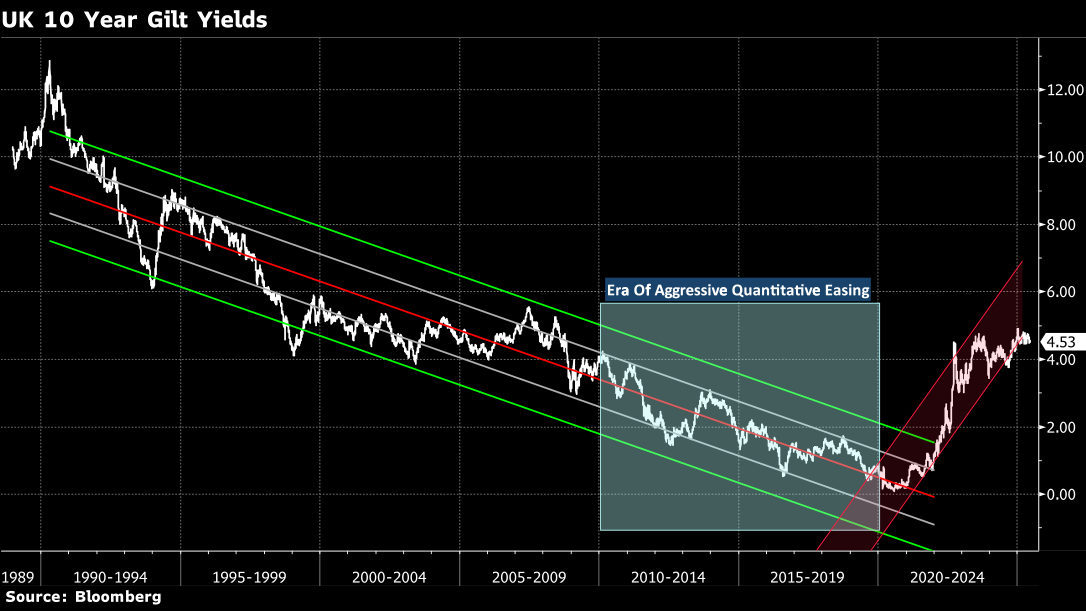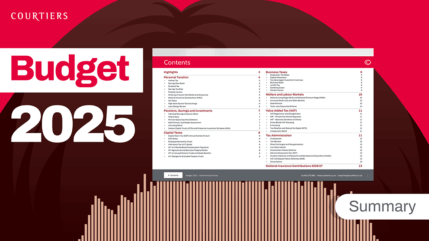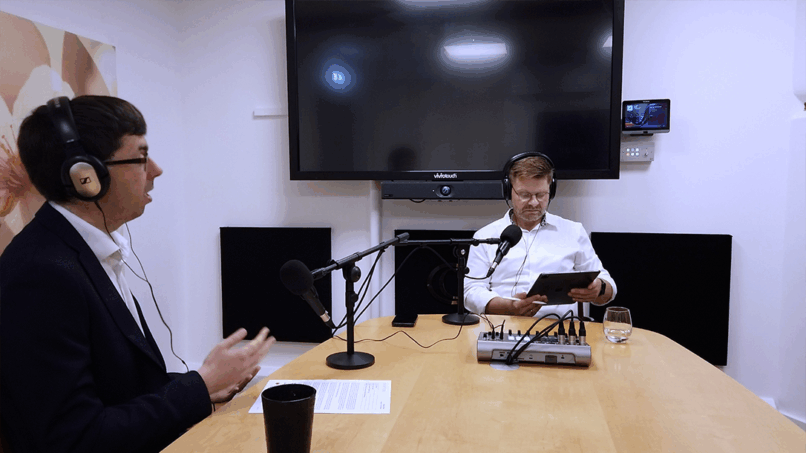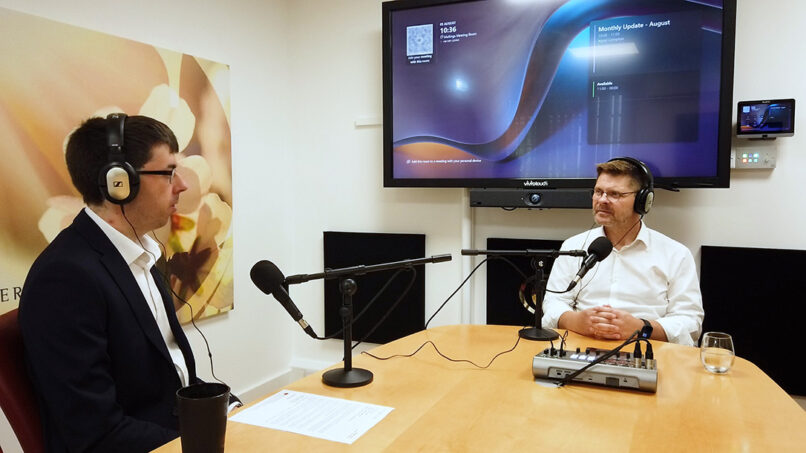With the economy and interest rates moving, we’re looking to change the mix of bonds in our funds from short-dated funds to medium or long-dated bonds. Why? Because long-dated bonds are on a more normal path now, and that gives us a chance to reset.
COVID kickstarted the economy
COVID temporarily damaged global supply chains, but it also helped central banks to escape deflation and get positive price rises back into their economies. This may have boosted inflation, but it also improved real wages.
Withstanding interest rates
Despite everyone thinking in the early 2000’s that we couldn’t withstand interest rates greater than 2%, we have. But it has enacted a few changes, including how people are thinking about bonds. Bonds were, until recently, negatively correlated to equity movements (meaning the two asset prices tend to move in opposite directions).
This was because of how the Central Bank purchased bonds if they thought the economy was lagging. This made them incredibly popular, even with low yields of 1% or 1.25%, which gave no compensation against inflation.

The August 2022 budget
The Truss/Kwarteng budget of August 2022 shocked the long-term gilt market, meaning many holding long-term bonds lost money. However, long-term gilts are on a more normal path now, which excites our Investment Team.
An increase in returns
It means that we can probably expect to have an increase in overall returns (or at least nominal, lower, probably real returns), because inflation’s going to run a little hotter. But for us, this is an opportunity to reset.
How this changes our funds
We are looking at reassessing the Investment Grade Bond fund, changing how we’ve been investing and putting in some duration (being prepared to hold longer-dated bonds).
Long-dated bonds pay a little more than holding short-dated bonds, so adding them into the portfolio mix could increase returns.












